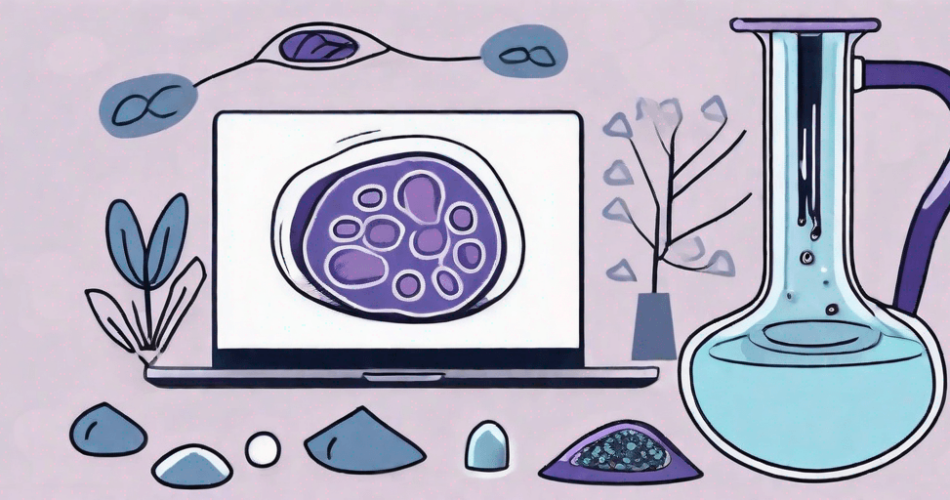Kidney stone pain is a common sign of debilitating condition that affects millions of people worldwide. Urologists consider this pain as one of the top signs of kidney problem. That’s why patients are encouraged to seek professional help to manage the problem before it worsens.
In this article, we will explore the various strategies and methods for managing kidney stone pain, including both non-surgical relief options and medical treatments. By understanding the nature of kidney stones and the factors that contribute to their formation, individuals suffering from this condition can effectively alleviate their pain and prevent future episodes. Let’s begin!
Understanding Kidney Stones
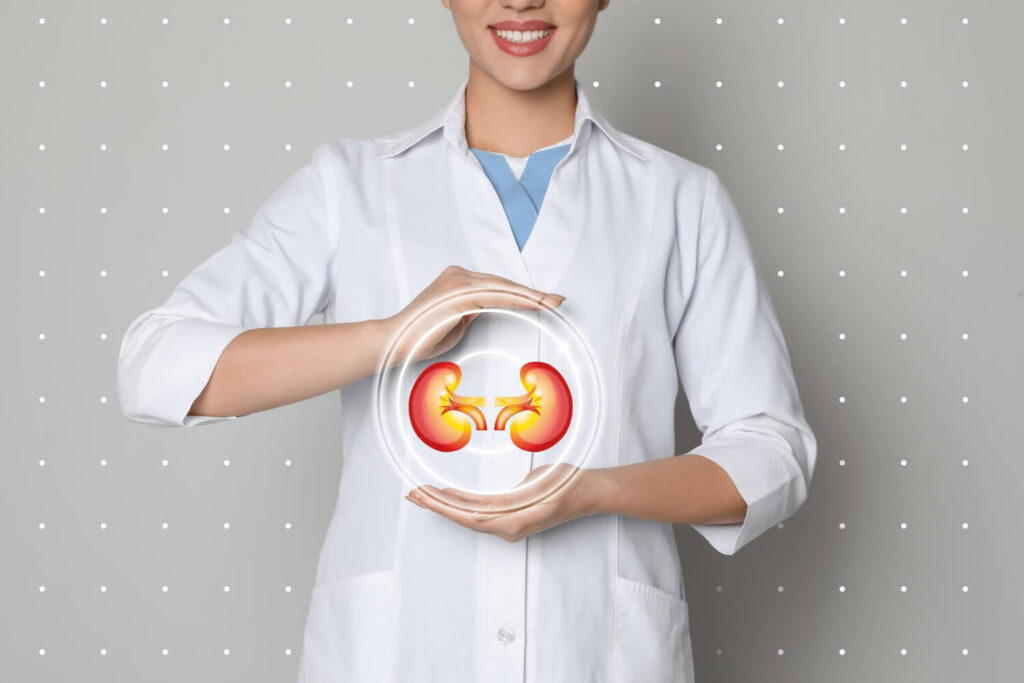
Kidney stones, also known as renal calculi, are hard mineral and salt deposits that form in the kidneys. They can vary in size and shape, ranging from as small as a grain of sand to as large as a golf ball. These stones can be composed of various substances, with the most common types being calcium, oxalate, uric acid, and struvite. Each can cause significant pain and discomfort when they pass through the urinary tract.
What are Kidney Stones?
Aside from the technical description of kidney stones, it is commonly described as the solid formations. The kidneys play a crucial role in filtering waste products from the blood and excreting them as urine. However, when the urine contains high levels of calcium, oxalate, uric acid, or other compounds, it can lead to the formation of kidney stones.
When these substances reach high concentrations, they can crystallize and form solid masses in the kidneys. The size and shape of the stones can vary depending on the specific composition. Here are some of the most known types of kidney stones that patients can develop:
- Calcium stones: Most common type, accounting for approximately 80% of all kidney stones. These stones form when calcium combines with other substances, such as oxalate or phosphate, to create a solid mass.
- Oxalate stones: Developed when the urine contains high levels of oxalate, a compound found in many foods.
- Uric acid stones: Formed when the urine is too acidic, causing uric acid to crystallize and form stones.
- Struvite stones: The less common type and typically occur as a result of urinary tract infections caused by certain bacteria. These stones can grow rapidly and become quite large.
Common Causes and Risk Factors of Kidney Stones

Several factors contribute to the development of kidney stones. Usually, it involves poor choices that people do in their daily life, such as lack of drinking water and sedentary lifestyle.
Here are some of the other causes:
Dehydration
One of the primary causes of this material formation in the kidney is dehydration. When the body does not have enough fluids, the urine becomes more concentrated, increasing the risk of stone formation.
Hyperparathyroidism
Hyperparathyroidism, a condition characterized by overactive parathyroid glands, can lead to increased calcium levels in the urine, making it more likely for calcium stones to form. Urinary tract infections can also contribute to stone formation, particularly in the case of struvite stones.
Genes
Genetic factors can also play a role in kidney stone formation. Some individuals may have an inherited tendency to develop stones due to certain genetic disorders that affect the way the body processes and excretes substances. These genetic factors can influence the concentration of stone-forming substances in the urine, making stone formation more likely.
Poor diet
Furthermore, certain dietary factors can increase the risk of kidney stone formation. Consuming a diet high in sodium, animal protein, and oxalate-rich foods can contribute to the development of stones. Additionally, individuals with a history of kidney stones are more likely to experience recurrent stone formation.
The Nature of Kidney Stone Pain
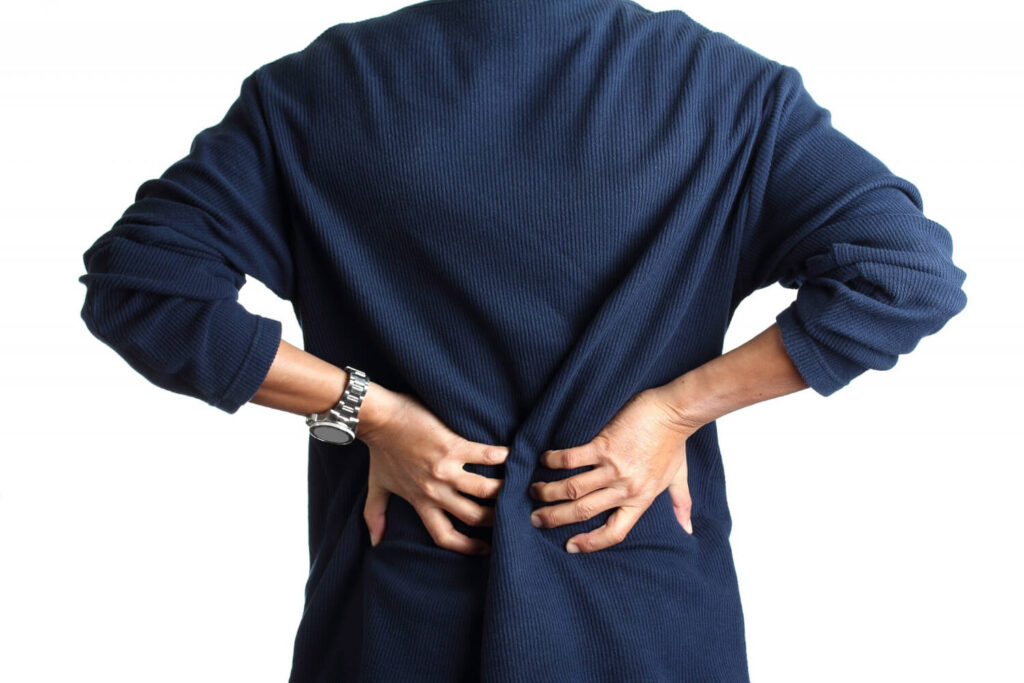
When a kidney stone begins its journey through the urinary tract, it can cause a range of symptoms that can be both alarming and debilitating. The pain experienced can be described as excruciating, with some individuals comparing it to the feeling of being stabbed repeatedly in the back or side. Although, the intensity of the pain can vary from person to person, with some experiencing mild discomfort while others are left writhing in agony.
How Kidney Stones Cause Pain
As kidney stones move through the urinary tract, they can cause blockages, leading to increased pressure and stretching of the surrounding tissues. This pressure triggers pain signals that are transmitted to the brain, resulting in intense discomfort. The size, shape, and location of the stone determine the severity and location of the pain.
Imagine a small, jagged stone making its way through a narrow tube. As it passes through the ureter, the tube connecting the kidney to the bladder, it can scrape against the delicate lining, causing irritation and inflammation. This irritation can lead to swelling, further narrowing the pathway and creating a vicious cycle of pain and obstruction.
When the stone reaches a particularly narrow part of the urinary tract, such as the ureterovesical junction where the ureter meets the bladder, it can get stuck. This blockage can cause a backup of urine, leading to even more pressure and stretching of the surrounding tissues. The resulting pain can be intense and unrelenting, requiring immediate medical intervention.
Preventing Kidney Stones
Preventing the recurrence of kidney stones is crucial in managing kidney stone pain in the long term. By adopting specific lifestyle modifications and considering medical interventions, individuals can significantly reduce their risk of future stone formation.
Lifestyle Modifications to Prevent Kidney Stones
Staying well-hydrated is essential in preventing kidney stones. Adequate fluid intake ensures a sufficient urine output, reducing the chance of stone formation. It is recommended to drink at least eight cups of water per day and more during hot weather or physical activity. Additionally, following a balanced diet with limited sodium and animal protein intake can help prevent the accumulation of stone-forming substances.
Non-Surgical Relief Strategies for Kidney Stone Pain
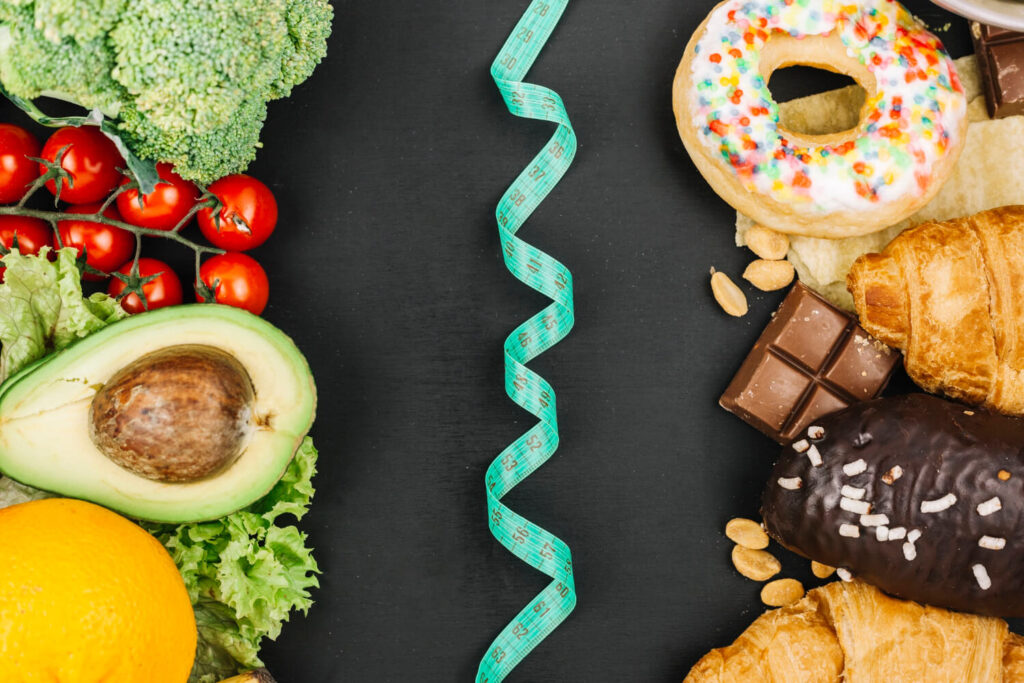
Fortunately, there are various non-surgical relief strategies that individuals can employ to alleviate kidney stone pain. These strategies can be used either as standalone methods or in combination with medical treatments, depending on the severity of the pain and the individual’s specific needs.
Dietary Changes for Kidney Stone Management
One of the most effective ways to manage kidney stone pain is through dietary modifications. By altering certain aspects of one’s diet, individuals can minimize the risk of stone formation and reduce the intensity of pain. Increasing fluid intake, particularly water, helps dilute the urine and flush out stone-forming substances. Avoiding foods high in oxalate, such as spinach, beets, and chocolate, can also be beneficial.
Over-the-Counter Pain Relievers
Over-the-counter pain relievers, such as nonsteroidal anti-inflammatory drugs (NSAIDs), can help reduce the discomfort associated with kidney stone pain. These medications work by reducing inflammation and blocking pain signals. However, it is important to consult with a healthcare professional before taking any medications, as certain medical conditions or allergies may contraindicate their use.
Home Remedies for Kidney Stone Pain
In addition to dietary changes and pain relievers, there are several home remedies that individuals can try to alleviate kidney stone pain. Applying heat to the affected area can help relax the muscles and reduce pain. Taking warm baths or using heating pads can provide temporary relief. Drinking herbal teas, such as nettle leaf tea or dandelion root tea, may also have diuretic properties that promote urine flow and assist in passing the stone.
Medical Treatments for Kidney Stone Pain
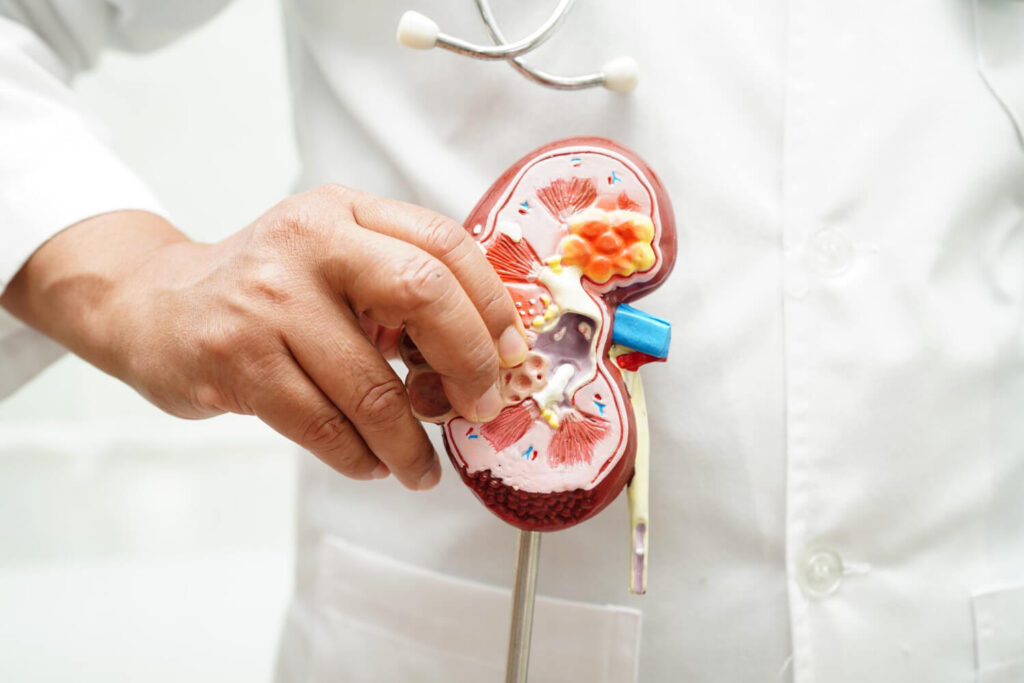
In cases where non-surgical relief strategies do not provide sufficient pain relief, medical treatments may be necessary. These treatments aim to either break down the kidney stone or assist in its passage, thereby alleviating the associated pain.
Prescription Medications for Kidney Stone Pain
In certain situations, healthcare professionals may prescribe stronger pain medications to manage kidney stone pain. These medications, such as opioids, are typically reserved for severe cases when the pain becomes intolerable or when nonsteroidal anti-inflammatory drugs are ineffective. It is essential to follow the prescribed dosage and duration as instructed by the healthcare provider.
Non-Invasive Procedures for Kidney Stone Pain
If the kidney stone is particularly large or causing significant obstruction and pain, non-invasive procedures may be utilized to assist in its removal. Extracorporeal shock wave lithotripsy (ESWL) is a commonly used procedure that uses shock waves to break down the stone into smaller fragments, allowing for easier passage through the urinary tract. In some cases, a ureteroscopy may be performed, which involves the insertion of a thin tube through the urethra and bladder to remove or break up the stone.
Conclusion
Dealing with kidney stone pain is not an easy situation to be in. It can affect the day-to-day activities as its movement in the urinary system can result in excruciating feeling. With the help of both natural and medical intervention approaches, patients can manage their condition fully, and remove the kidney stones for relief.
Managing the kidney stones will be a lot easier by understanding your current condition. Book an online consultation for an immediate intervention and managing of kidney stone pain!
